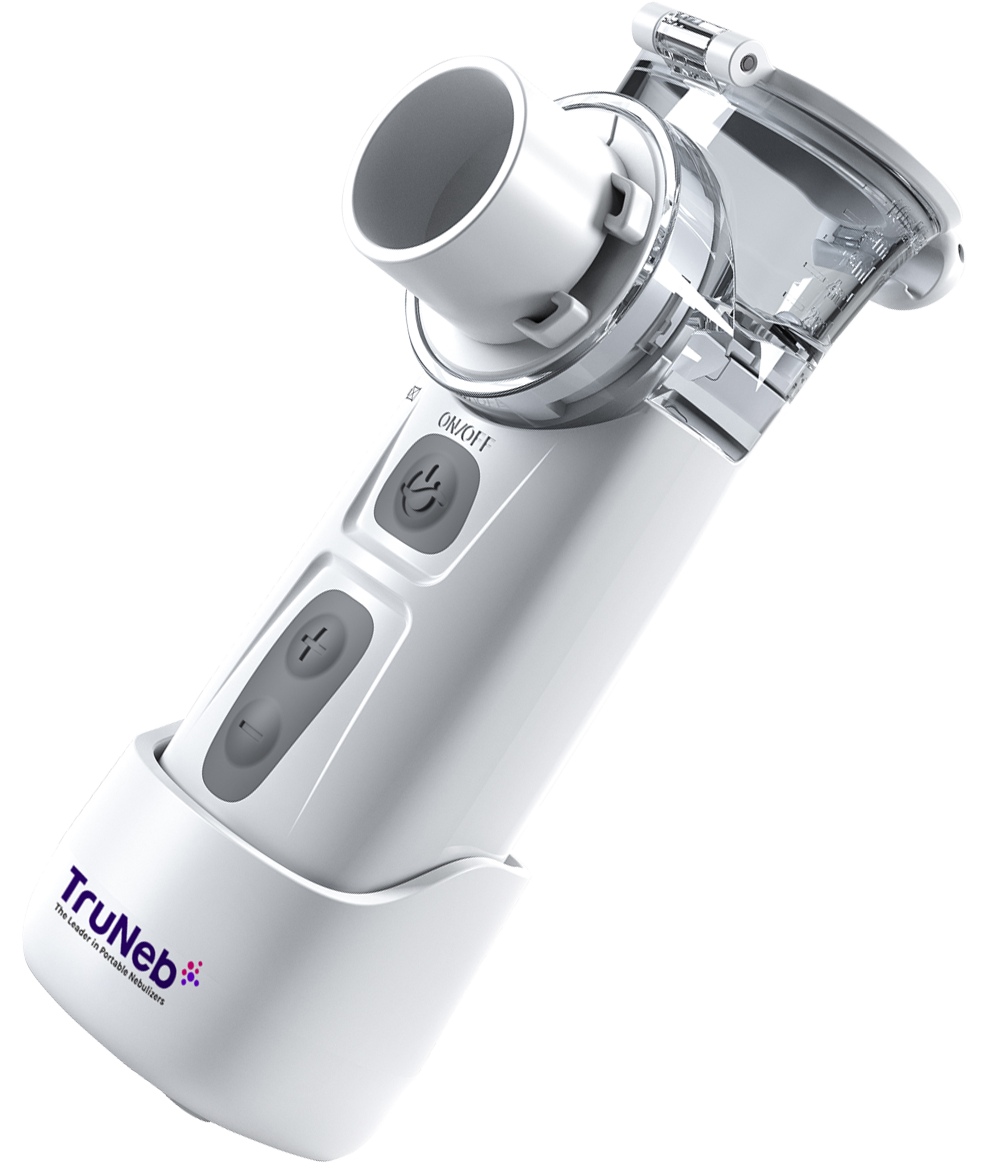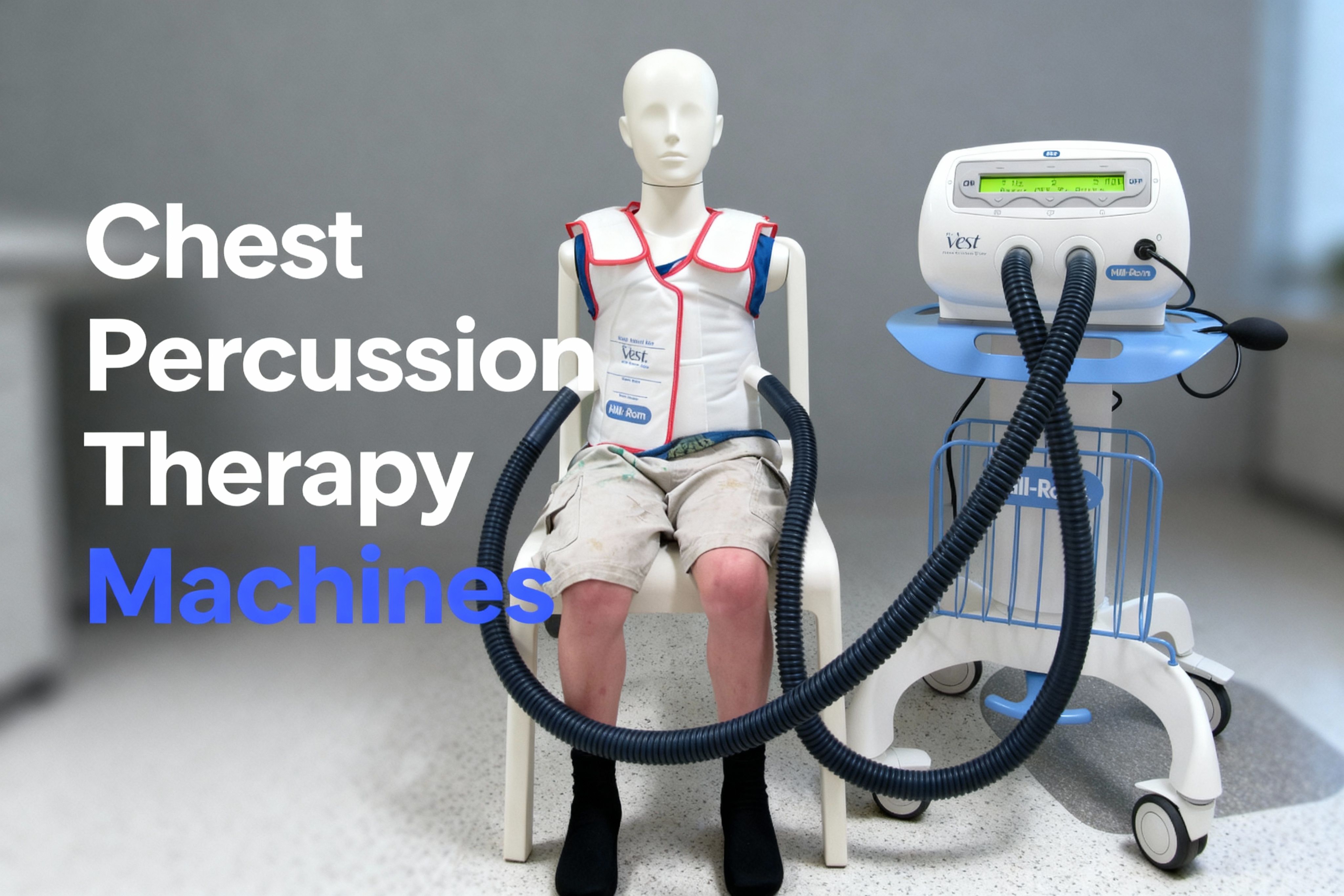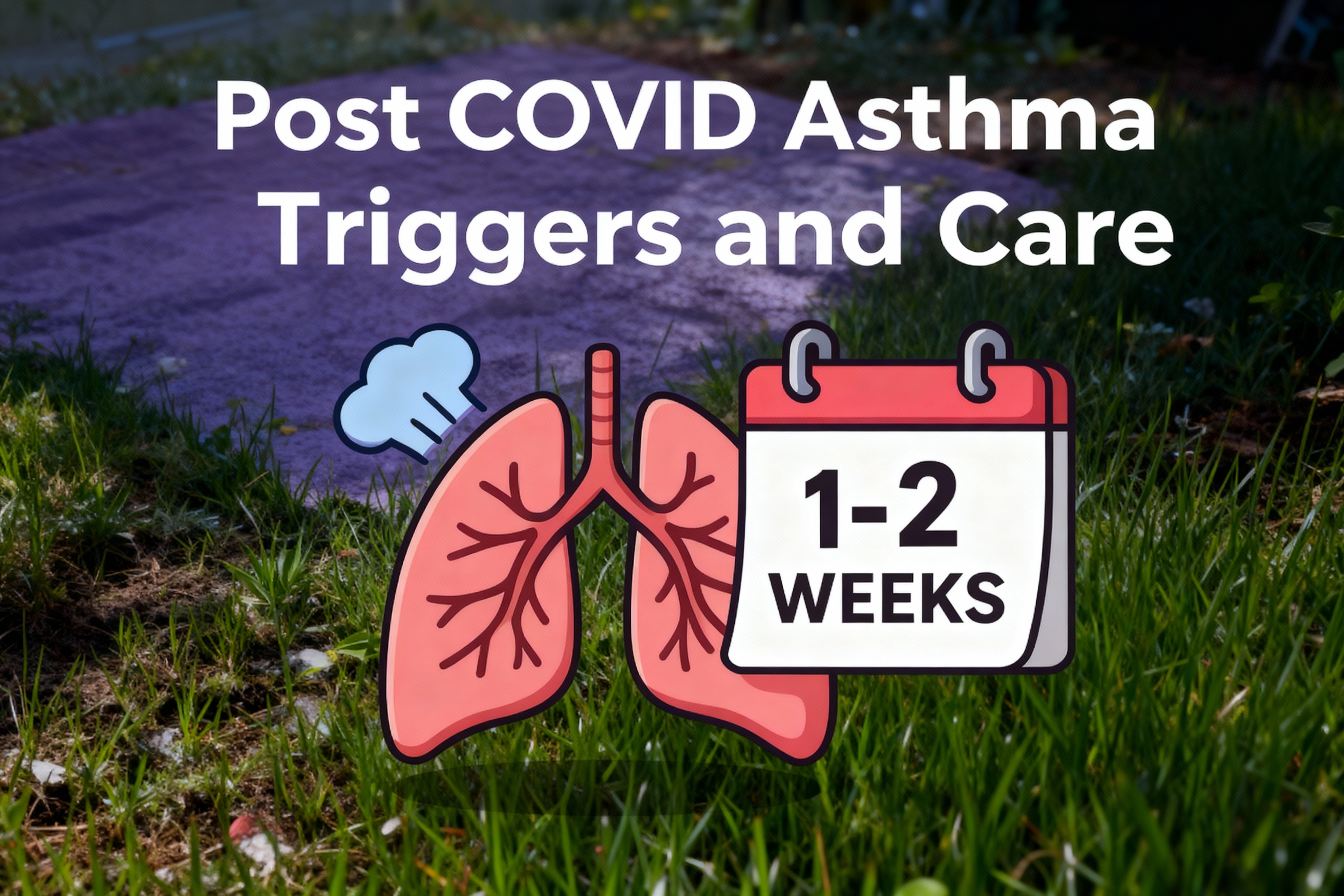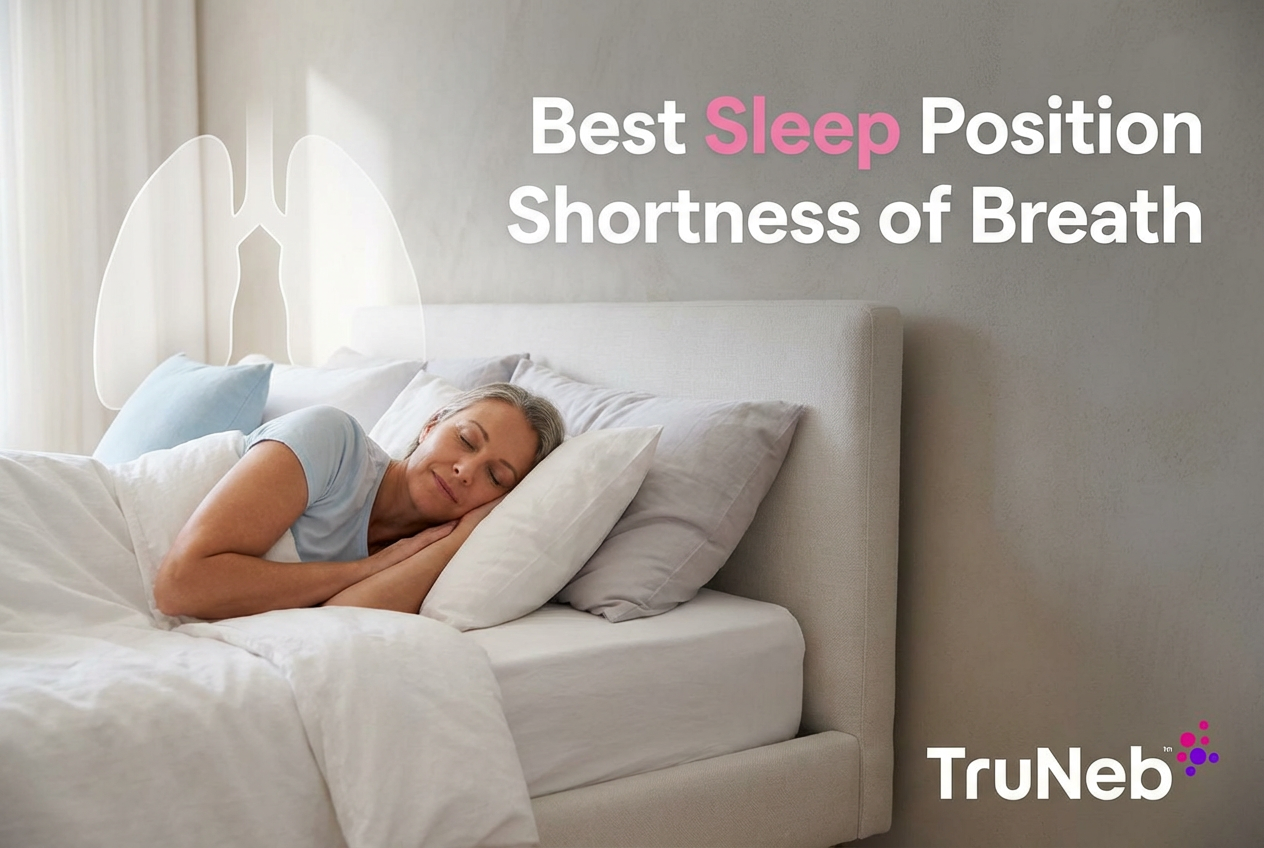On this page
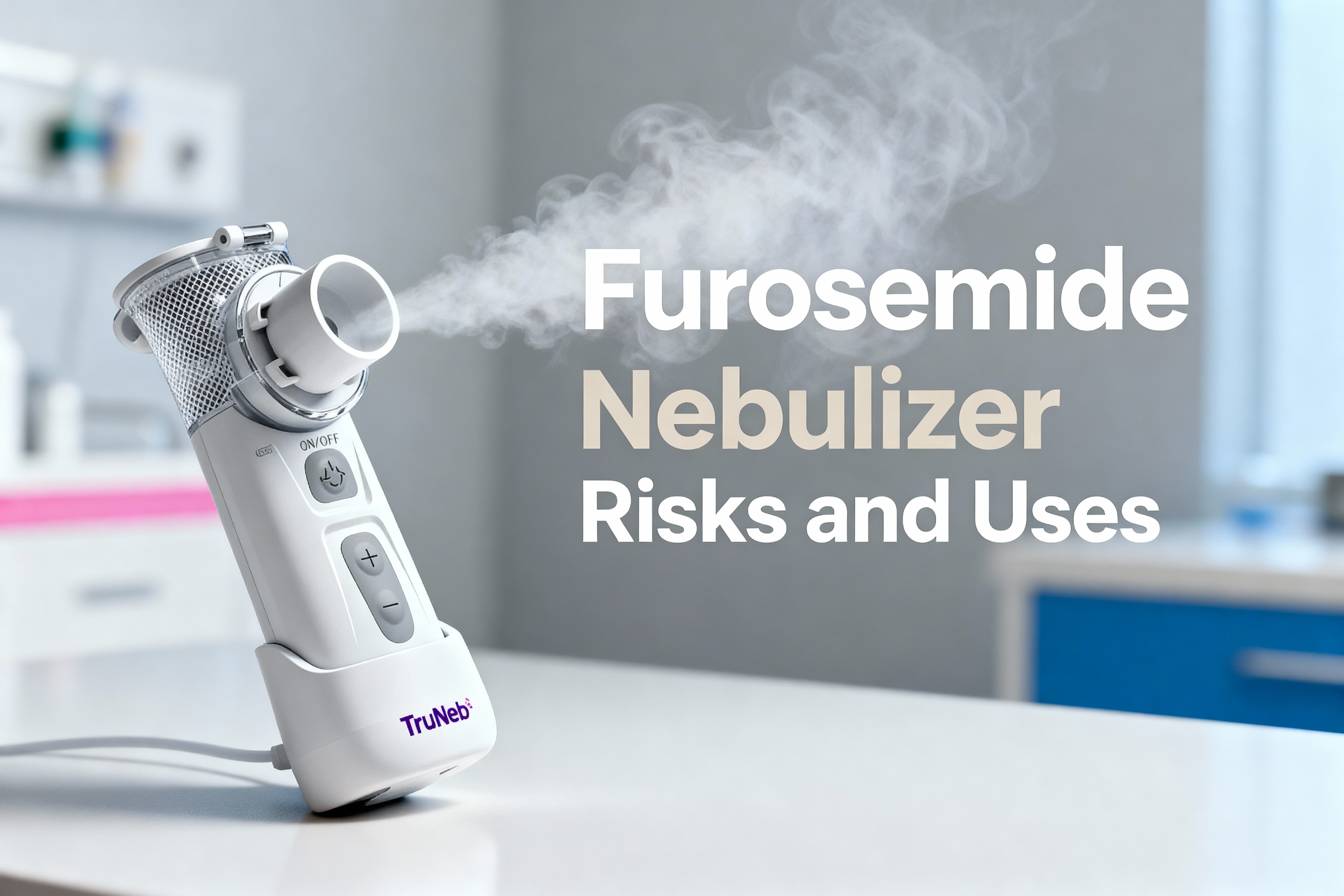
Disclaimer: This article is for informational purposes only and isn't a substitute for professional medical advice, diagnosis, or treatment. Always talk with your doctor about your symptoms and treatment options.
What Is Nebulized Furosemide and Why Is It Used?
Furosemide, also called Lasix, is a loop diuretic, a strong "water pill" that helps your body get rid of extra fluid. Doctors usually use it as a tablet or an IV medicine to treat fluid buildup from heart failure, kidney problems, swelling, or high blood pressure (hypertension).
On its official drug label and in guides from the FDA and Mayo Clinic, furosemide is only approved to be taken by mouth or given through a vein, not inhaled through the lungs.
Nebulized furosemide is different. In research settings, doctors put liquid furosemide into a nebulizer so you can breathe it in as a fine mist through a mask or mouthpiece. A furosemide nebulizer or Lasix nebulizer treatment means using a nebulizer device filled with furosemide solution so you inhale the drug instead of swallowing it.
The goal isn't to make you pee more. Instead, the goal is to see if inhaled furosemide can ease the feeling of shortness of breath (dyspnea) in conditions like COPD, acute lung injury, or severe cancer-related breathlessness.
Using a furosemide nebulizer in this way is off-label. That means it isn't an FDA-approved route and isn't part of standard treatment plans today. In some countries and research papers you'll see the same idea called nebulised frusemide, but it's still furosemide and still an experimental inhaled use.
Key point: Nebulized furosemide means breathing Lasix in as a mist to try to ease shortness of breath, but this inhaled use is off-label and not part of routine care.
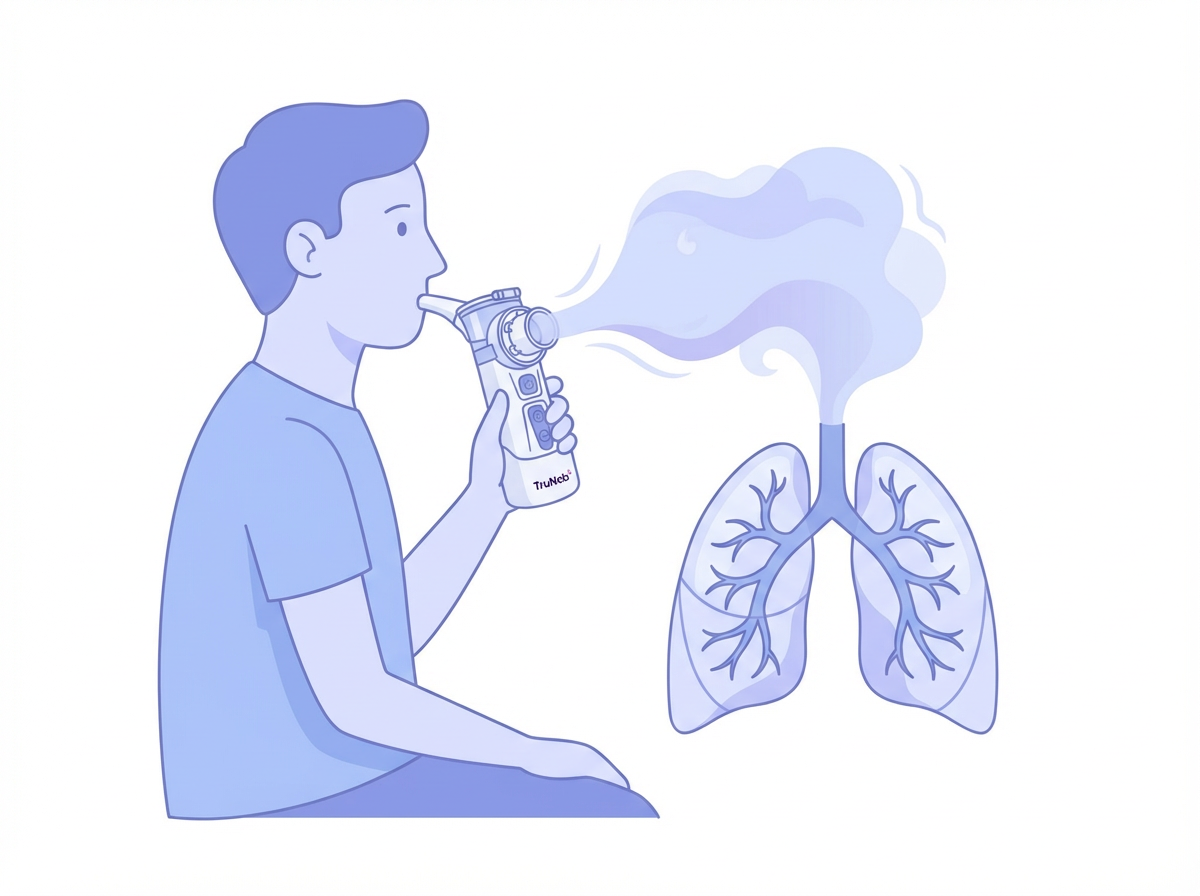
How Could Inhaling Furosemide Work? (Proposed Mechanisms)
On paper, breathing in a water pill sounds odd. Furosemide's usual job is to act on your kidneys and help your body pass more urine.
When you inhale furosemide through a nebulizer, most of it stays in your lungs instead of spreading through your whole body. Researchers think it may change how tiny stretch sensors (pulmonary stretch receptors) and nerve endings in your airways send signals of "air hunger" to your brain.
In one lab study, healthy volunteers breathed in nebulized (aerosolized) furosemide while doing heavy breathing exercises. The medicine eased the raw feeling of air hunger even though it didn't change how hard their breathing muscles were working. The authors suggested it was acting on airway sensory nerves and stretch receptors, not on lung strength itself.
Other studies in very sick patients with COVID-related Acute Respiratory Distress Syndrome (ARDS) have looked at furosemide's local anti-inflammatory effects inside the lungs. The idea is that calming inflammation and nerve signals together might make breathing feel less scary and tight.
Unlike IV or tablet furosemide, inhaled furosemide doesn't pull fluid off your body through the kidneys. Its possible benefit is a change in how your lungs sense breathing, not in how much fluid you lose.
These ideas come from small lab and clinical studies, so they're still theories about how inhaled furosemide might work, not proven facts.
Key point: Inhaled furosemide seems to act on stretch sensors and nerves in your lungs to ease the feeling of air hunger, not on your kidneys to pull off fluid.
Nebulized Furosemide in Chronic Lung Disease (COPD and Beyond)
COPD makes it hard to move air out of your lungs. Even with inhalers and other treatments, a lot of people still feel short of breath walking, climbing stairs, or doing daily tasks.
Researchers have tested nebulized furosemide for COPD as an add-on treatment. In these studies, people inhale furosemide through a nebulizer before exercise or during flare-ups, on top of their regular medicines.
A 2020 meta-analysis brought together eight clinical trials in COPD. Compared with placebo (a dummy solution), nebulized furosemide improved several breathing measures and comfort scores in the short term. People rated their breathlessness lower and sometimes walked a bit farther.
In one trial, combining furosemide with a standard bronchodilator led to better spirometry and symptom relief than the bronchodilator alone. That suggests inhaled furosemide can sometimes add a small extra boost for some patients.
However, an earlier evidence review pointed out that most of these COPD studies were tiny and were not always blinded. That makes the results encouraging but not very strong proof. Sample sizes were small, follow-up time was short, and there is no good evidence that nebulized furosemide changes long-term outcomes like COPD flare-ups, hospital stays, or survival.
No major COPD guideline today includes nebulized furosemide. Doctors who are interested in it usually explore it inside research studies, on top of proven tools like bronchodilators, inhaled steroids, pulmonary rehab, and, in some cases, nebulized hypertonic saline.
Key point: In COPD, small trials and a meta-analysis show short-term breathlessness relief with nebulized furosemide, but the evidence is limited and it is not part of standard guidelines.
Nebulized Furosemide for Acute Conditions (Pulmonary Edema and ARDS)
Acute pulmonary edema happens when fluid suddenly fills the air spaces of your lungs, usually because of a severe heart problem. In this emergency, standard care includes oxygen, medicines to ease the heart's workload, and IV furosemide to pull fluid off through the kidneys.
One clinical trial compared IV furosemide with nebulized furosemide in people with acute pulmonary edema. Both groups improved over the first two hours. Inhaled furosemide was about as good as IV furosemide at easing breathlessness and crackles on exam, but it wasn't better.
Because inhaled furosemide doesn't remove fluid from your lungs or the rest of your body, IV treatment is still the main tool in these situations. Nebulized furosemide might have a role only when IV access is hard or within a research protocol.
ARDS is another life-threatening lung problem. The air sacs become inflamed and stiff, and most patients need a breathing machine. A recent study in people with severe COVID-19 related ARDS tested inhaled furosemide as an add-on therapy.
In that trial, inhaled furosemide didn't clearly improve oxygen levels or survival compared with placebo, although it appeared safe and showed small signals that researchers want to explore in future studies.
Right now, nebulized furosemide isn't part of standard care for acute pulmonary edema or ARDS. It is a research tool, not a front-line emergency treatment, and in any emergency with severe shortness of breath you should seek urgent medical care rather than trying any nebulized medicine on your own.
Key point: In acute pulmonary edema and ARDS, nebulized furosemide has looked safe but has not clearly beaten standard IV therapy or placebo on the most important outcomes.
Nebulized Furosemide for Severe Dyspnea in Palliative Care
For people with advanced cancer or end-stage lung or heart disease, the feeling of air hunger can be very hard to control. Even with oxygen, low-dose opioids, and calming support, some patients still feel like they can't get enough air.
A small case series in hospice patients looked at nebulized furosemide as a comfort measure. Three people with terminal cancer inhaled 20 mg of furosemide through an ultrasonic nebulizer. All three reported less breathlessness and distress after treatment, and no clear side effects were seen. That 20 mg dose was simply what the researchers chose for the case series, not a dosing recommendation for home use.
Because these were only three patients, it's important to be careful about how much we read into the results. Some palliative care doctors have tried inhaled furosemide off-label in similar last-resort situations, but it isn't a common or first-line practice. Current palliative care guidelines don't list nebulized furosemide as standard care; at most, some specialists consider it only in very select, hard-to-treat cases.
Standard tools like opioids, anxiety relief, positioning, and a calm setting remain the main ways to ease end-of-life dyspnea. Nebulized furosemide, when used at all, sits on top of those measures, not in their place.
Key point: In palliative care, nebulized furosemide has eased air hunger in a few small case reports, but its use is rare and the evidence is very limited.
Safety, Side Effects, and Precautions
When people talk about furosemide nebulizer side effects, they're usually referring to short-term issues seen in research. Across several small studies, inhaled furosemide has caused few short-term side effects. People have reported a mild cough, throat irritation, or a salty or bitter taste, but serious problems have been rare.
Because the medicine mostly stays in the lungs when you inhale it, it usually doesn't act like a strong water pill. Side effects linked to tablets or IV doses, like low blood pressure, dehydration, or big changes in blood salts, haven't shown up in the inhaled trials that have been published so far.
In a study of healthy volunteers, nebulized furosemide didn't cause major safety issues. In a trial of ventilated COVID-19 patients with ARDS, inhaled furosemide also didn't lead to extra kidney problems or other serious side effects.
Even so, there are important safety limits. No one knows the long-term effects of breathing furosemide into the lungs over months or years. Any nebulized medicine can trigger bronchospasm in people with very twitchy airways, and dirty equipment can lead to infection.
Most importantly, nebulized furosemide isn't FDA-approved for inhalation. Hospitals that use it in studies usually draw from the IV solution and follow strict dosing and safety rules. Any doses mentioned in this article come from study reports and aren't instructions for home treatment.
Talk to your doctor before trying a new medication or changing how you take a current one, and never try nebulized furosemide at home unless a doctor has clearly prescribed it and is supervising you.
⚠️ If you develop sudden severe shortness of breath, chest pain, confusion, or bluish lips or face, call 911 or your local emergency number right away. Don't delay emergency care by trying to manage these symptoms with a nebulizer at home.
Key point: Short studies show few side effects from inhaled furosemide, but it remains an off-label, unapproved route that should only be used under close medical supervision.
Established Nebulizer Therapies vs. Experimental Use of Furosemide
While nebulized furosemide is still experimental, several proven nebulizer treatments already help with breathing trouble and mucus.
Bronchodilators such as albuterol and ipratropium open tight airways. They are core treatments for asthma and COPD and have been tested in large, high-quality trials.
Inhaled steroids like budesonide calm airway swelling during flares and are part of plenty of long-term treatment plans.
Hypertonic saline is another well-known nebulized therapy. It is a sterile salt-water solution, typically 3% or 7%, that helps thin and move sticky mucus. It is commonly used in conditions like cystic fibrosis and bronchiectasis, with good evidence for improving airway clearance.
The TruNeb™ portable mesh nebulizer can deliver doctor-prescribed medicines, including TruNeb-branded pre-filled vials of 3% and 7% hypertonic saline. Hypertonic saline is part of standard care for certain lung conditions when a doctor prescribes it.
⚠️ Steam inhalers, facial steamers, and essential oil diffusers aren't nebulizers and shouldn't be used to inhale prescription medicines like furosemide or hypertonic saline.
Compared with these established therapies, nebulized furosemide has much less data and isn't recommended in routine guidelines.
Key point: Bronchodilators, inhaled steroids, and hypertonic saline are proven nebulized therapies, while nebulized furosemide is still an experimental idea with limited evidence.
Visual: Comparing Nebulized Furosemide to Common Nebulized Medicines
This comparison highlights how nebulized furosemide stacks up against common nebulized medicines you might already know.
| Medicine | Main use | How it helps | Evidence and guideline support |
|---|---|---|---|
| Nebulized furosemide | Experimental add-on in research for COPD, ARDS, or severe dyspnea | Thought to change lung nerve and stretch-receptor signals to ease the feeling of "air hunger" | Small, short-term studies only; not in major guidelines; off-label and not FDA-approved for inhalation |
| Bronchodilators (albuterol, ipratropium) | Asthma and COPD symptom relief | Relax and open tight, narrowed airways | Backed by large clinical trials with strong guideline support as first-line inhaled therapy |
| Inhaled steroids (for example, budesonide) | Asthma and COPD flare control and prevention | Reduce airway inflammation over time | Guideline-recommended controller therapy for a wide range of asthma and some COPD patients |
| Hypertonic saline (3% or 7%) | Thick mucus conditions such as cystic fibrosis and bronchiectasis | Draws water into the airways to thin mucus and make it easier to clear | Supported by clinical trials and disease-specific guidelines for selected patients |
*This comparison is simplified and based on published research, and it isn't a complete list of uses, benefits, or risks for any medicine.*
Key point: A side-by-side comparison makes it clear that bronchodilators, inhaled steroids, and hypertonic saline are standard, well-supported nebulized treatments, while nebulized furosemide is still experimental.
The Role of Modern Nebulizer Devices (Where TruNeb Fits In)
No matter which medicine your doctor prescribes, the nebulizer device itself matters.
Older compressor (jet) nebulizers can be bulky and loud. Newer mesh nebulizers use a tiny vibrating mesh to turn liquid into a fine mist. They're small, quiet, and efficient, so more medicine reaches your lungs in less time.
The TruNeb portable mesh nebulizer is built for this kind of everyday use. It is handheld, battery powered, and USB rechargeable, so you can use it at home, at work, or while traveling without searching for an outlet.
Because it creates a fine, consistent mist, a device like TruNeb can deliver a wide range of doctor-prescribed solutions, from bronchodilators to sterile hypertonic saline, as long as your doctor has approved them for nebulization.
Whatever device you use, it's important to clean and dry the parts as the instructions describe. Regular cleaning helps cut the risk of infections from germs growing in leftover medicine or water.
Keeping your nebulizer simple and reliable makes it easier to stick to the plan your doctor sets instead of skipping treatments because the machine is noisy or hard to manage.
Key point: A quiet, portable mesh nebulizer like TruNeb is designed to help your prescribed medicines reach deep into your lungs and makes it easier to stay on track with treatment at home or on the go.
Frequently Asked Questions About Nebulized Furosemide
Tap or click a question below to see the answer:
In the United States, furosemide (Lasix) is FDA-approved only as an oral tablet, oral solution, and injectable medicine for conditions like edema and high blood pressure. It isn't approved as an inhaled or nebulized treatment, so any nebulized use is off-label and usually limited to research or hospital protocols.
You shouldn't try this on your own. The studies that used inhaled furosemide did so with careful dosing and monitoring in hospitals or research centers. Putting IV furosemide into a home nebulizer without clear medical orders can be unsafe and could delay care you really need in an emergency.
Right now, doctors mainly consider nebulized furosemide inside clinical trials or very rare specialist situations, such as hard-to-control COPD symptoms, severe ARDS in the ICU, or end-of-life dyspnea. Even then, it's an extra therapy on top of proven treatments, and it's usually given within a hospital protocol rather than as a routine outpatient prescription.
Short-term studies report mostly mild issues like cough, throat irritation, or an odd salty or bitter taste, with few serious events. Long-term safety is unknown because no large, long-lasting inhaled furosemide studies have been done yet.
For most people, the focus is on proven medicines your doctor can prescribe, such as nebulized bronchodilators, inhaled steroids, and, in some cases, hypertonic saline for thick mucus. A device like the TruNeb portable mesh nebulizer can deliver these doctor-prescribed treatments using sterile solutions, including TruNeb-branded 3% and 7% hypertonic saline vials when your doctor has prescribed them.
Key point: Nebulized furosemide isn't FDA-approved and shouldn't be started on your own at home; most people do better focusing on proven nebulized medicines their doctor prescribes.
Conclusion – Should Nebulized Furosemide Be Part of Your Treatment?
Overall, research on nebulized furosemide paints an interesting but incomplete picture. Small studies suggest it can ease the feeling of breathlessness in some people with COPD, severe lung injury, or at the end of life, but the evidence is limited and mixed.
Right now, this inhaled use of furosemide is off-label, isn't an FDA-approved therapy, and isn't part of standard guidelines. It should only be used under the care of a specialist, usually inside a clinical trial or strict hospital protocol.
If you're struggling with shortness of breath, the best next step is to talk with your doctor about proven options, from inhalers and nebulized bronchodilators to hypertonic saline and pulmonary rehab. Work with your doctor before making any changes to your inhaled treatments or other medications.
If you already use prescribed nebulizer treatments, a portable mesh device like the TruNeb nebulizer can make it easier to stay on schedule at home, at work, or while traveling.
If your breathlessness is new, getting worse, or suddenly different from usual, contact your doctor promptly or seek urgent medical care instead of experimenting with new nebulized treatments on your own.
Key point: For now, nebulized furosemide should be seen as an experimental hospital therapy, not a do-it-yourself home treatment, and decisions about it belong with your medical team.

